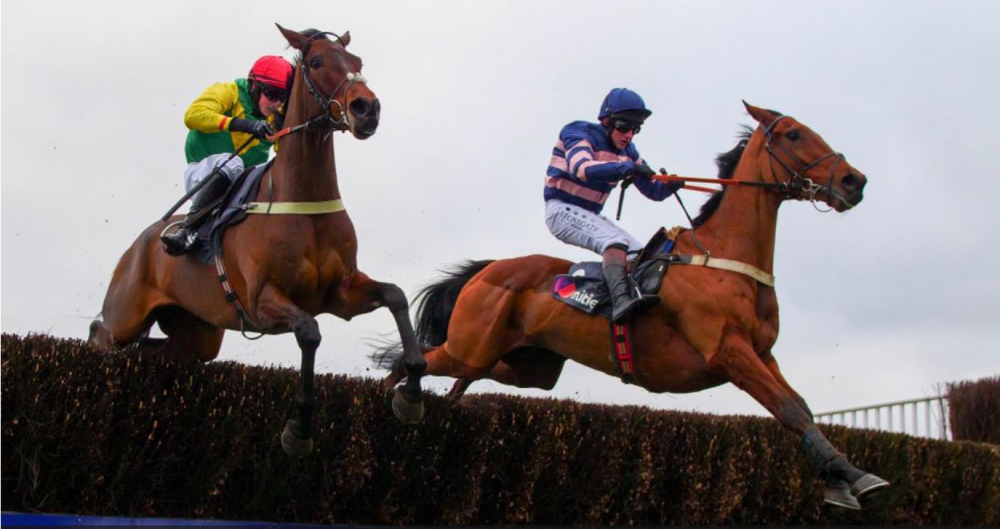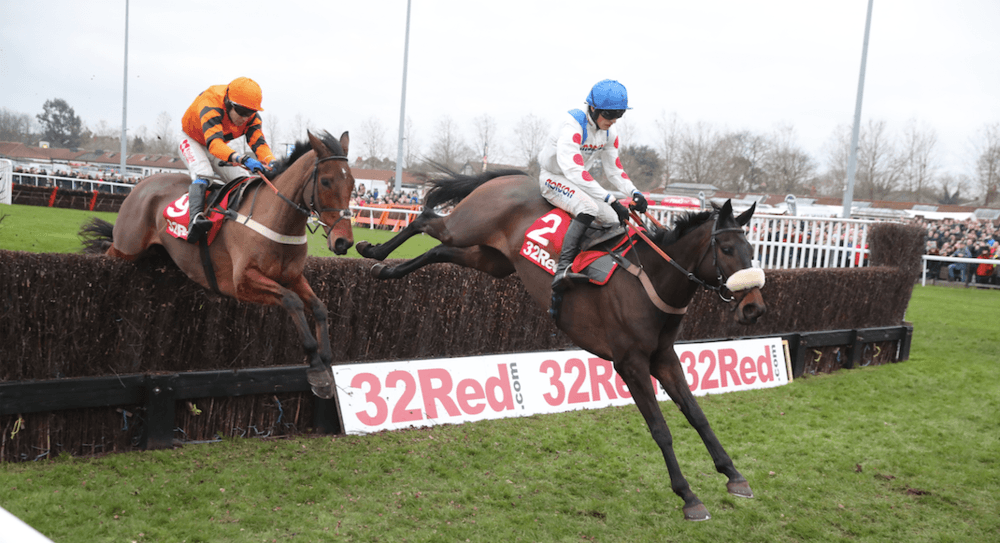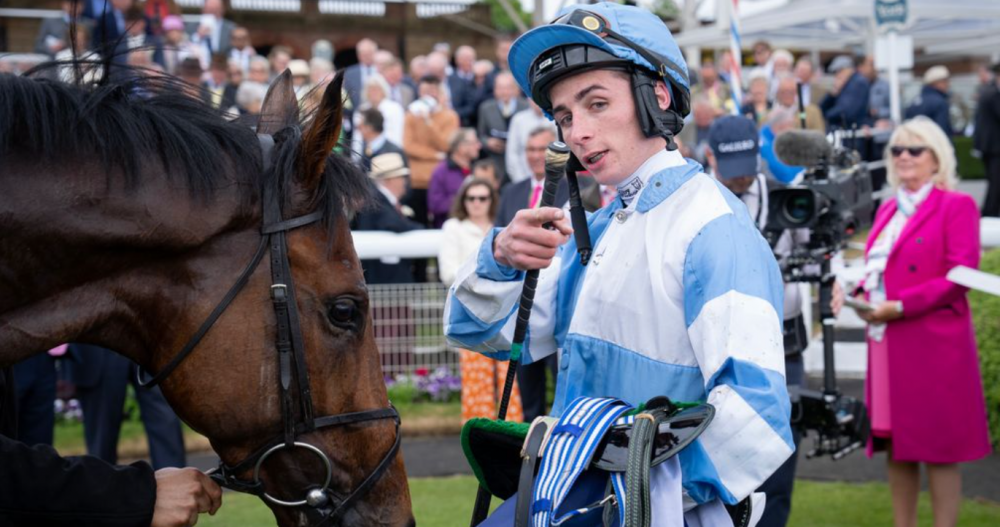Guide To Market Movers
It’s something that gets every racing fan talking, for good reasons or for bad, but market movers are an integral part of modern horse racing. We talk about movers, steamers, drifters on a daily basis on our Twitter page, but do you know what these key terms mean in the context of markets? We’ve looked at the key points relating to market movers and have created a handy guide for you, so you can hopefully get on the ride side of the market! We have daily Market Movers, which can be found on site daily!
What are Horse Racing Market Movers?
Quite simply, a market mover is a horse whose price has shifted markedly from when a market forms. There are two ways that this can go, a horse can be “backed”, which means its price dramatically shortens. When this happens, the horse will be called a steamer. Once a horse starts being backed in dramatically, a snowball effect usually occurs and as others notice the shift, this causes the price to collapse.
This can also go the other way, when a horse is left cold in the market and is not backed. For example, a horse can be installed in the market by traders at 11/4, but if the money comes for another horse or that horse isn’t being backed itself, then the odds will tend to lengthen. There can be many reasons as to why a horse is backed or left cold in the market, and those are explained below.
Why do Market Movers occur?
There can be many reasons why a horse is backed in heavily, though the main reason tends to come from behind the scenes. Hype spreads very quickly these days with the brilliant invention of the internet and as such, if a horse is working well at home, you’re likely to know about it. If a horse is going well at home, people “in the know” are likely to be on early, to try and capitalize on the price. Once the price is cut markedly from the early markets (formed the night before), punters will start to notice, and this tends to create a snowball effect.
The word of trainers and jockeys also tends to have a very big effect on the markets. If a trainer comes on the TV before a meeting and says a horse is “tearing up trees” at home, people are likely to take that at face value and thus, the horses’ price starts to plummet. Jockeys are also likely to be positive about horses they love, especially the bigger names, and this will have a big influence on the market. It’s best to be very careful with quotes coming from trainers and jockeys. Yes, they are masters of their craft, but they are likely to big up their chances!
There is also the very dangerous, common misconception, that if a horse is backed in, then it’s more than likely to win. This certainly isn’t a steadfast rule. As previously mentioned, when a horse’s price begins to shift downwards, people will tend to latch onto this, which causes a complete collapse. No gamble, on any horse, is a certainty and against popular belief, it’s not the trainer’s fault!
Biggest Market Movers
In recent times, few people will forget the infamous Charles Byrnes gamble that occurred on August 2nd 2016. Three Byrnes trained horses, all ridden by Davy Russell, were backed in the early hours, creating a huge plunge. The full story can be read here, but it’s a very good example of how people “in the know” can create gobsmacking market movers. Market movers like this, however, are very rare.
On the point of well-planned gambles, we also have gone over the big Cheltenham Festival Market Movers in a previous article, including the plunge on Son Of Flicka prior to the 2012 Coral Cup.










